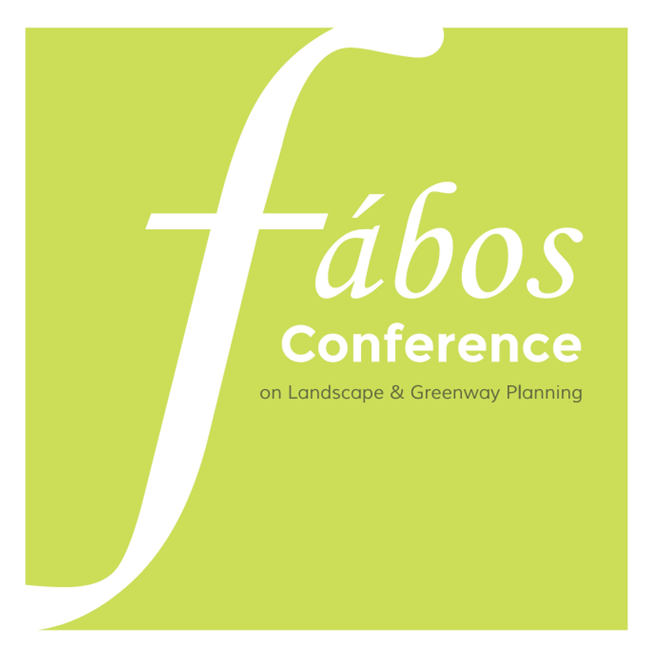Patterns of Public Green Space Availability in Residential Neighborhoods: A Spatial and Historical Analysis of Damascus City
Abstract
The availability of public green spaces (hereafter GS) in residential neighborhoods has been associated with many benefits in the literature. However, recently, the social role of these spaces as an arena for social interaction and community bonding, as well as a medium to construct positive attachment and connection to neighborhoods, has been increasing through interdisciplinary research. Most of this research focuses on countries from the global north, while countries from the global south, are short on research on the availability of GS within its residential neighbourhoods. This study aims to contribute to filling this gap, by focusing on analyzing the different patterns of GS availability within the residential neighborhoods in one of the Major cities in the Middle East, Damascus city. It aims to investigate the variations in GS provision in light of the neighborhood’s urban development background and current situation. Content analysis of the city’s urban growth was conducted in this study to define the political, economic, and urban planning context of the neighbourhoods’ development, from the late 19th century till modern times. In addition to spatial analysis of GS (percentage of GS, GS share per capita) in each neighborhood. The results identified 5 groups of residential neighborhoods demonstrating different urbanization contexts (traditional, planned pre-mid20th, planned post-mid-20th, mixed, informal) and many variations of GS availability (average, below-average, low). The results showed a significant correlation between the availability of GS in the neighborhoods and their geographical location; disparities between northwest neighborhoods and southeast ones, and between GS provision and the urbanization process; disparities between planned neighborhoods and informal ones. The study findings demonstrate the current situation of GS availability in residential neighborhoods, in one of the major cities in the Middle East, and how it is both influenced and influencing the multi-aspects of residential disparities these cities are facing today. These findings are crucial to capture the different dynamics between people and their neighborhoods, and their attachment to the city, on a wider scale.
How to Cite:
Yousef, R., Benkaid Kasbah, S. & Valánszki, I., (2025) “Patterns of Public Green Space Availability in Residential Neighborhoods: A Spatial and Historical Analysis of Damascus City ”, Fábos Conference on Landscape and Greenway Planning 8(1). doi: https://doi.org/10.7275/fabos.2458
327 Views
296 Downloads

